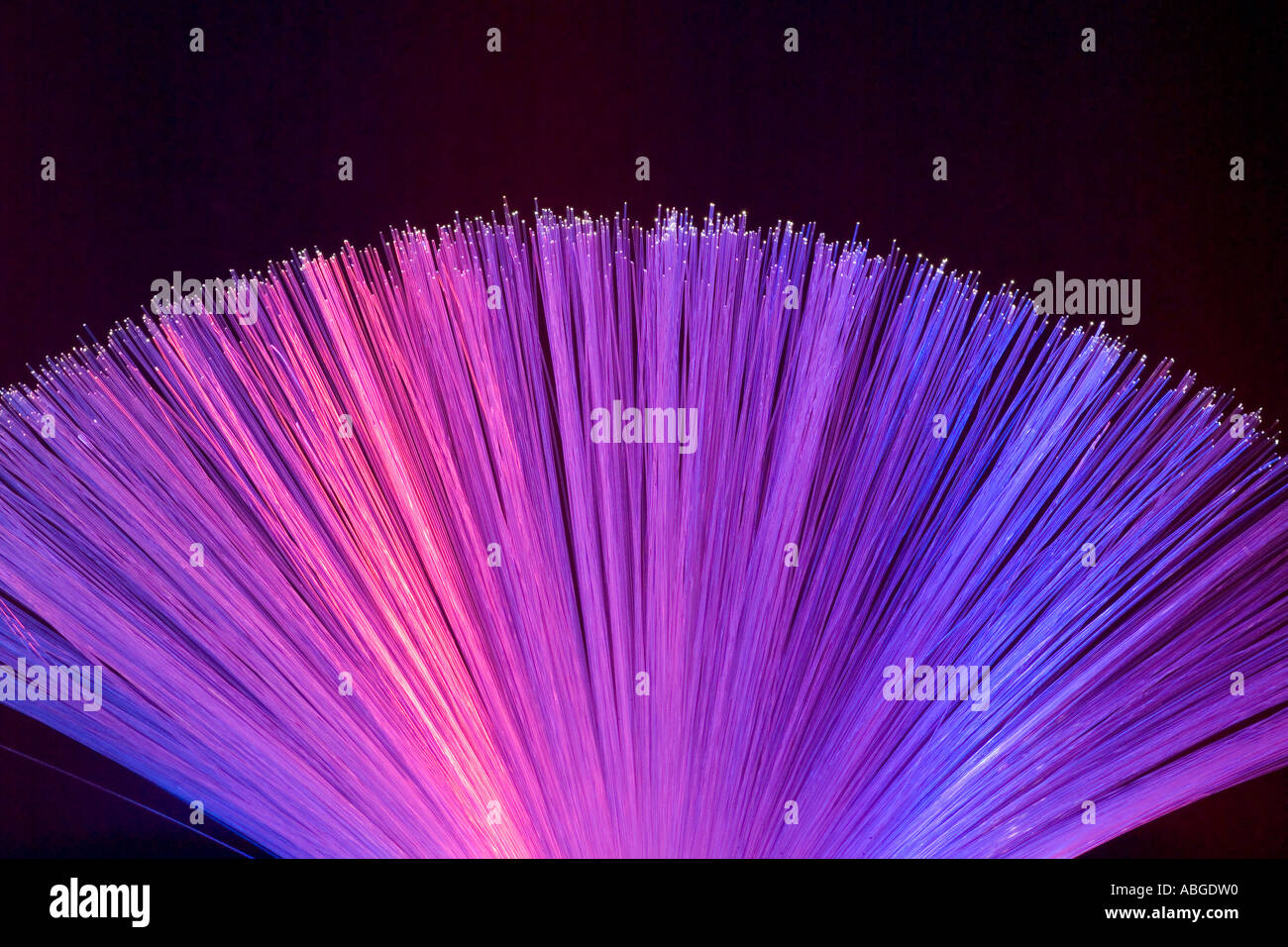The realm of optical communication has undergone a paradigm shift with the advent of bulging fibres, which have redefined the functionality and efficiency of optical buffers. In this discourse, we delve into the intricate mechanics of light storage in fibres, unearthing the implications for advanced telecommunications and data infrastructures. The capacity to manipulate light is tantamount to wielding a powerful tool in the arsenal of modern science.
At its most fundamental level, optical fibres operate on the principle of total internal reflection, guiding light through a core surrounded by cladding. However, the innovation of bulging fibres introduces a compelling dimension to this paradigm. By altering the geometrical configuration of the fibre, researchers have discovered methods that enhance light retention, effectively allowing these fibres to serve as sophisticated optical buffers. The bulging regions act as reservoirs, accumulating photons like water in a well, thus providing a robust medium for temporary light storage.
The bulging fibres are constructed with specifically engineered profiles that create regions of variable refractive index. These alterations foster a unique environment wherein light can be held within the fibre for longer durations than conventional designs permit. This phenomenon significantly reduces signal degradation, a common issue plaguing traditional fibre optics, and consequently elevates the fidelity of data transmission.
Moreover, the use of bulging fibres presents intriguing implications for signal processing. By integrating light storage capabilities, the potential for asynchronous data transmission arises. This paradigm allows for the buffering of data packets during high-traffic periods, thereby effectively alleviating congestion and enhancing bandwidth utility. The bulged segments function akin to traffic lights, managing the flow of information seamlessly, without the inevitable delays typically associated with network surges.
In terms of applications, the ramifications of enhanced optical buffering are profound. In metropolitan areas, where fibre-optic networks serve the dense fabric of urban communication, the ability to efficiently store and relay information could lead to unprecedented improvements in streaming services, telecommunications, and data transfer rates. This enhanced capacity ensures that urban populations can communicate and access data with minimal latency, thereby fostering a more interconnected and productive society.
Furthermore, in the context of quantum computing, where the manipulation of light becomes paramount, bulging fibres may offer an innovative conduit for qubit transportation. Their design could facilitate the creation of entangled states over greater distances, an essential requirement for scalable quantum networks. By harnessing the optical properties of bulged fibres, researchers could pave the way for a new frontier in quantum information science, where security and efficiency become inherent features of informational exchanges.
It is also essential to consider the ramifications for environmental sustainability. As the demand for high-speed internet continues to escalate, energy consumption associated with data transmission remains a critical concern. The introduction of bulging fibres could mitigate this issue, as more efficient data transfer could lead to reduced energy overheads for telecommunication companies. This advancement aligns with global efforts to promote greener technology, underscoring the dual benefits of innovation and sustainability in fibre optics.
However, the deployment of such technology faces challenges. The manufacturing processes must be refined to ensure uniformity in a large-scale production environment. Additionally, compatibility with existing fibre optics requires comprehensive examination. Ensuring that the introduction of bulging fibres does not disrupt established infrastructures is crucial for widespread adoption. These hurdles necessitate a concerted effort among researchers, engineers, and industry stakeholders to navigate the complexities of optical implementation.
In addition to the technical challenges, the aesthetic appeal of bulging fibres cannot be overlooked. These fibres embody a captivating interplay of light and form; they visually encapsulate the wonder of optical phenomena. The undulating shapes and vibrant luminance challenge conventional perceptions of technology as purely utilitarian. Instead, they invite us to consider the artistic dimensions of scientific advancement, where function harmonizes with form.
As we look forward, the fusion of functionality and visual allure may inspire a new appreciation for the underlying technologies that facilitate our daily communications. The adoption of bulging fibres in optical networks heralds a future where our digital interactions transcend mere connectivity, embodying a seamless integration of art and science.
Ultimately, the introduction of bulging fibres in optical buffers represents a remarkable confluence of innovation, efficiency, and possibility. Such advancements not only enhance the technological landscape but also provoke philosophical inquiries regarding our relationship with light and information. As society continues to evolve in this digital age, the reflections of light through bulging fibres may very well illuminate pathways to progress, ushering in developments that we have yet to fully comprehend.
In conclusion, as we navigate this era of rapid technological evolution, the bulging fibres stand out as a testament to human ingenuity. They symbolize the relentless pursuit of solutions that enhance our capacity for communication, whilst beckoning us to acknowledge the intricate beauty that resides within the scientific endeavor. It is through such eccentrically shaped conduits of light that we may find ourselves ever closer to a future replete with connectivity, sustainability, and artistic brilliance.










